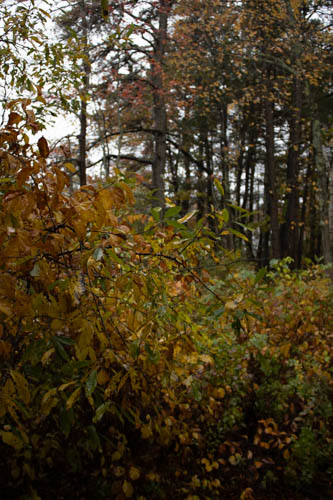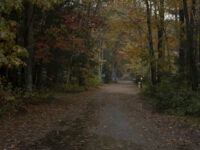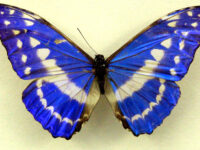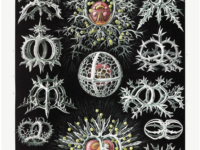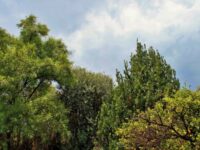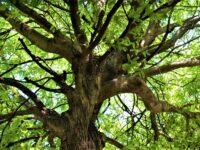Since ancient times, humans across the globe have consistently incorporated talking trees into their mythos. Commonly depicted as slow-moving and wise, these trees that can talk often serve as the guardians of mystic forests and dark woods. Surprisingly, it seems that these mythological depictions of trees may not be so far from reality. Trees can communicate with each other, just perhaps not in the way these stories describe.
The real story begins at the end of the 20th century in the University of British Columbia’s Simard Lab. Suzanne Simard, a forest ecologist, was beginning to develop an experiment with her research team. Simard knew that trees existing in isolation from other trees tended to have a much shorter lifespan than trees in proximity to one another. Hypothesizing that nearby trees assist each other by sharing nutrients, Simard’s lab organized an experiment in a greenhouse.
They had two populations of trees: one population shaded from the sun to prevent photosynthesis, and one population injected with carbon dioxide — a compound trees turn into nutrients — that had been altered to be traceable via radiolabeling. Radiolabeling is when a certain element in a molecule (carbon, in this case) is replaced with an isotope of itself that can be more easily tracked by scientific instruments. Simard and her team found that the trees injected with radiolabeled carbon dioxide sent nutrients to the trees shaded from the sun. This led the researchers to a groundbreaking revelation: trees can communicate their needs to each other and act on that information.
“This led the researchers to a groundbreaking revelation: trees can communicate their needs to each other and act on that information.”
This discovery produced another question: how do trees make contact? In the last few decades, Simard and her lab, along with other ecologists, have sought to further illuminate the answer. To do so, the ecologists focused on the fungi that grow around tree roots. On the surface, fungi appear as mushrooms protruding from the earth. However, underneath the soil, fungi consist of tiny threads that inject into or ensnare tree roots; these threads are called mycelium. These mycelia connect different trees through their roots, establishing a web of communication known as the mycorrhizal network that can span entire forests.
The relationship between the fungi and trees is mutually beneficial; trees benefit from sharing nutrients and information, and the fungi gain energy from the sugar produced by the trees during photosynthesis. Additionally, the fungi transfer useful nutrients like nitrogen and phosphorus from the soil into the trees.
The ability to communicate can substantially increase the survivability of trees in various situations. In the mycorrhizal network, the oldest trees with the most fungal connections nicknamed “mother trees” play a critical role. Through chemical signals sent throughout the network, these mother trees can detect when younger trees are struggling to gather enough critical nutrients to sustain themselves. Their height and depth give them access to more sunlight and water respectively, and upon receiving these distress signals, they can send excess nutrients to the trees in need, in some cases saving their lives. Eventually, those young trees may grow up to become mother trees themselves, perpetuating the cycle and sustaining the population.
“The ability to communicate can substantially increase the survivability of trees in various situations.”
The mycorrhizal network also acts as a functioning alarm system for the connected trees. When a tree attached to the network is afflicted by drought or disease, that tree sends a chemical distress signal along the mycelial threads, effectively warning all other trees of the coming danger. This alert allows nearby trees to prepare, giving them time to adapt to drier conditions or produce defensive chemicals that can fight an advancing plague.
Almost 30 years after her team’s initial experiment, Suzanne Simard still leads research into the mycorrhizal network. Simard and ecologists like her continue to unravel the mysteries of tree communication. Their work not only provides us with intriguing insights into how forests operate but also a greater understanding of how some of Earth’s most critical organisms sustain themselves under stress.
